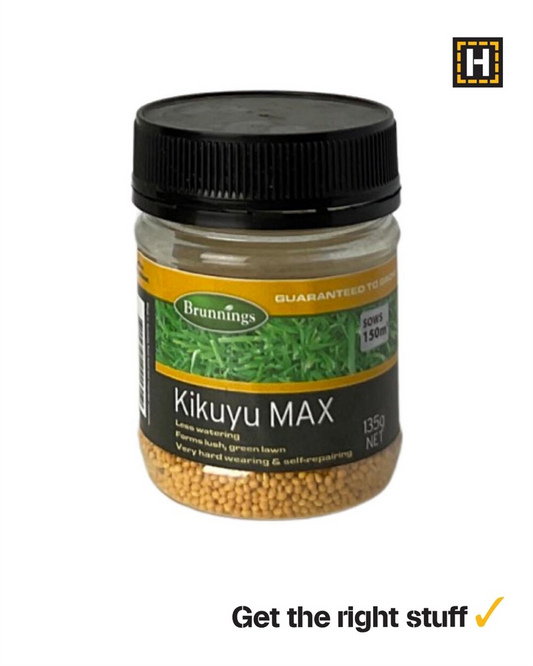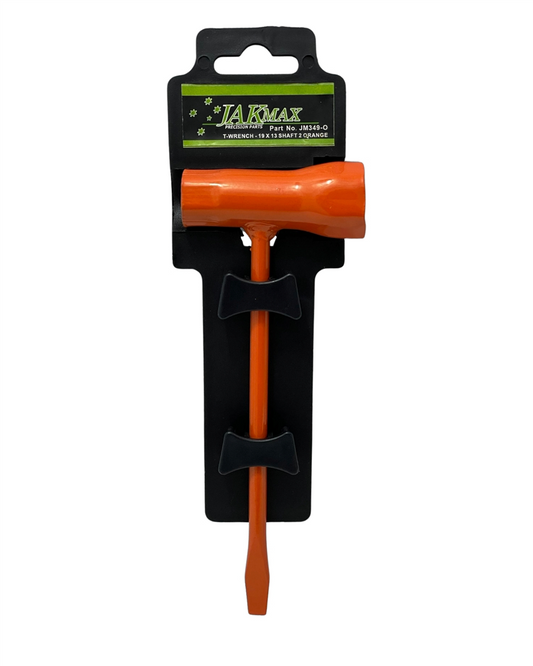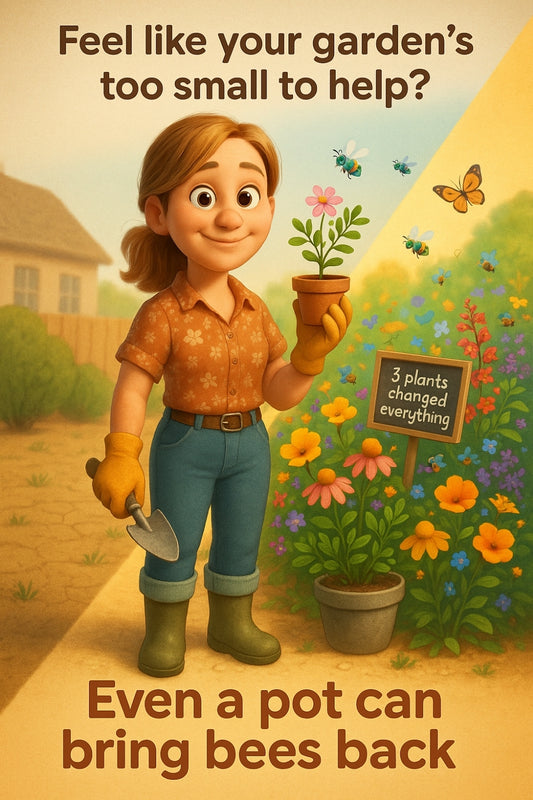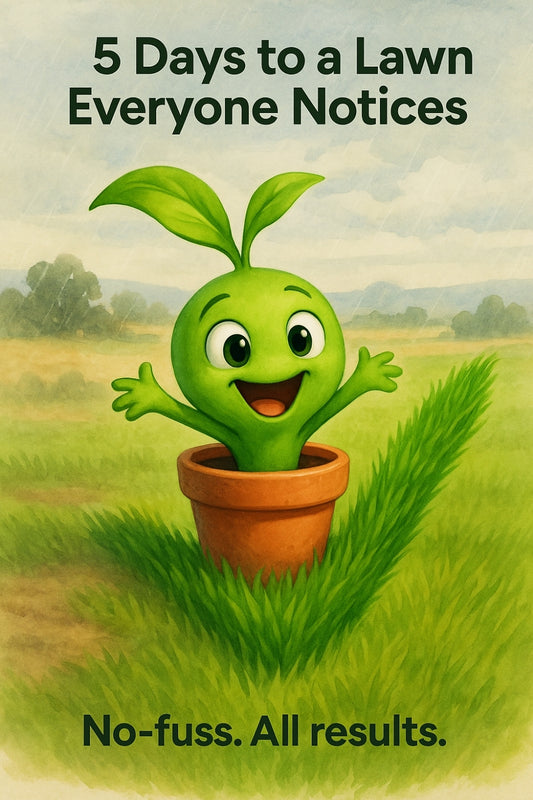Costa Georgiadis would approve — if your basil’s struggling, it’s time to meet its bodyguards
Share
These Surprisingly Cute Bugs Are Keeping Your Garden Healthy — And You Don’t Even Know It
They don’t wear capes, but if your spinach bounced back after a rough patch or your roses kept their petals this year — these tiny winged helpers might be the quiet reason why. Let’s shine a spotlight on the unsung heroes of the garden world: hoverflies and lacewings.
Meet the Pest Patrol: Hoverflies & Lacewings
You’ve probably seen them but never knew their names. Hoverflies look like mini wasps but don’t sting — they mimic the tough guys to stay safe. Lacewings? Picture tiny emerald fairies with big glassy wings. Both are harmless to humans but deadly to the bugs that ruin your plants.
“A single baby lacewing can eat up to 200 aphids a week — that’s more than most sprays.” — Jane Doyle, entomologist and garden educator
They’re Nature’s Own Bug Zappers
If your leafy greens are full of holes or your basil suddenly turned into lace, you’re likely under siege from soft-bodied pests like aphids, thrips, or whiteflies. Hoverfly larvae and lacewing babies are absolute machines when it comes to devouring them.
- Hoverfly larvae: Think tiny green maggots with a serious appetite. They feed hard for 1–2 weeks before pupating.
- Lacewing larvae: Nicknamed "aphid lions" — they use hooked jaws to grab and drain their prey. Brutal, but effective.
Spray Less, Smile More
Chemical sprays wipe out good bugs and bad ones. When you encourage natural predators like lacewings and hoverflies, you get the kind of balance that puts your garden on autopilot. Less intervention. More life.
This isn’t theory — it’s happening right now in real South Aussie gardens. One local gardener found her zucchinis thriving after planting a few flowering herbs nearby, drawing in the hoverflies that wiped out a mild aphid infestation overnight. That garden? Still chemical-free four seasons later.
So, How Do You Get These Garden Allies Working for You?
You don’t buy them — you invite them. Here’s how:
- Plant the blooms they love — think alyssum, coriander gone to seed, dill, cosmos, marigold, and yarrow.
- Go easy on the spray — broad-spectrum insecticides don’t know friend from foe.
- Leave some mess — leaf litter and bark mulch offer spots for eggs and shelter.
- Let aphids live (a little) — predators need prey. A few aphids can kickstart a predator population boom.
This Tiny Shift? Big Long-Term Payoff
Gardening used to mean reacting. See a bug, buy a spray. See damage, rip something out. But now we’re seeing a quiet shift. Gardeners are planting smarter. Observing more. Creating habitats instead of just spaces.
And here’s what’s wild: you actually end up doing less work. You build a little ecosystem, and suddenly you’ve got backup. Leaf-nibblers don’t stand a chance when hoverflies and lacewings are patrolling the stems.
One of the Easiest Wins in Gardening
This is what separates a garden that survives… from one that thrives. It’s not just about the plants, the pots, or even the sunlight. It’s about what’s flying between the leaves and crawling just out of sight. That army of wings and jaws doing your dirty work, for free.
So next time you spot a delicate bug hovering like a mini drone or see a lacey wing flicker on your fence — don’t swat. Say thank you.
Til next time — happy growing,
Candeece 🌿
 Stay Connected
Stay Connected
Join our gardening community on Facebook: Urban Gardener's Notebook
And follow our Store Facebook Page: Strathalbyn H Hardware on Facebook









